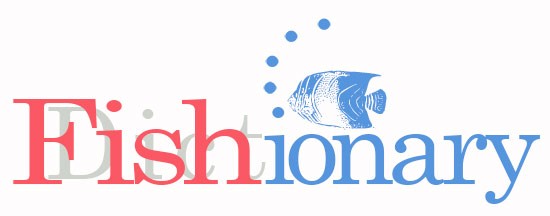Quota
A quota is the allowable number or amount of fish that can be harvested in a commercial or recreational fishery. This is a regulatory strategy to limit harvest. They are set each fishing season based on allowance for sustainable harvest (e.g., see Maximum Sustainable Yield). In certain commercial fisheries, quotas are essentially equivalent to a “share” … [Read more…]
